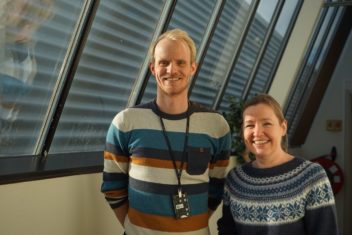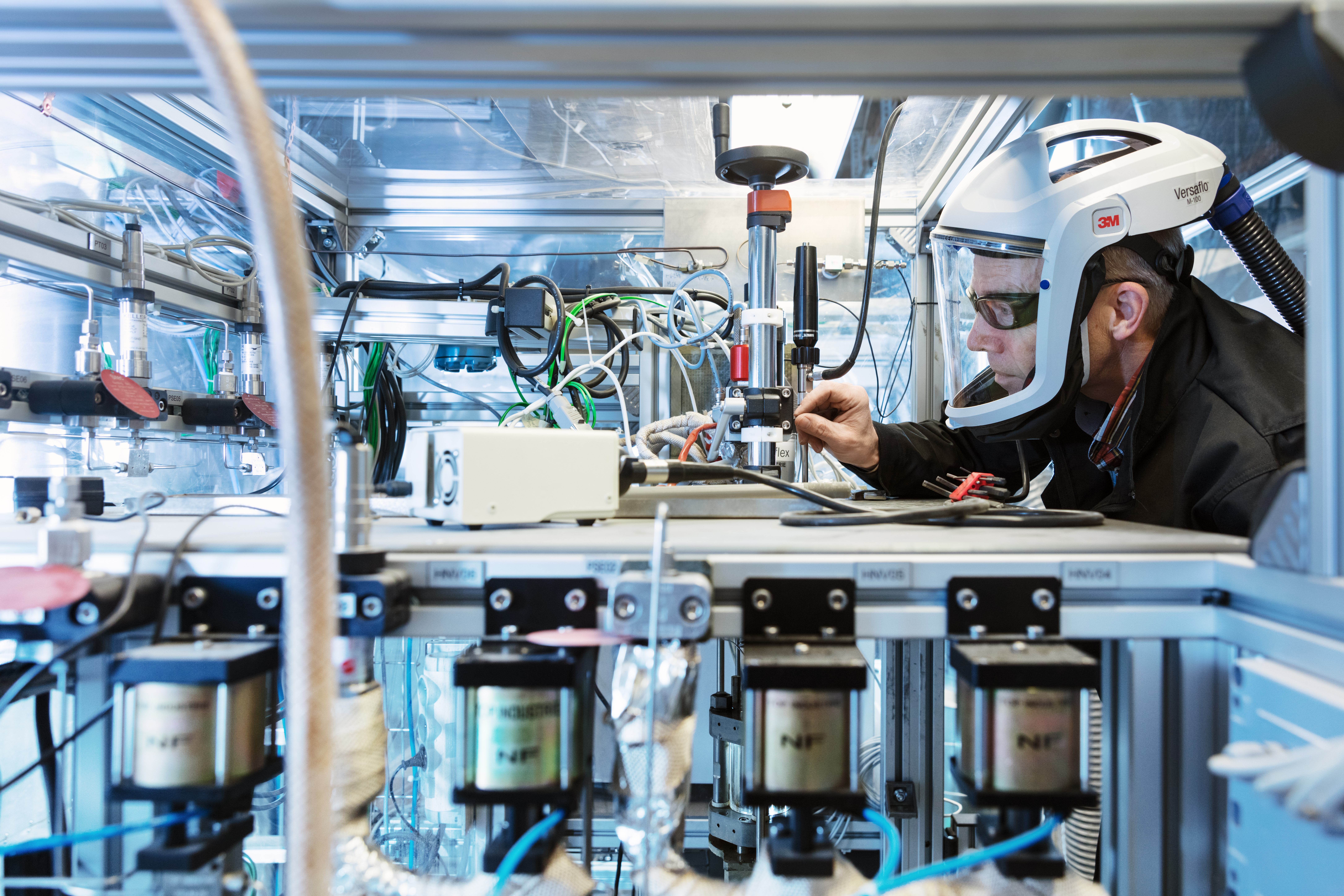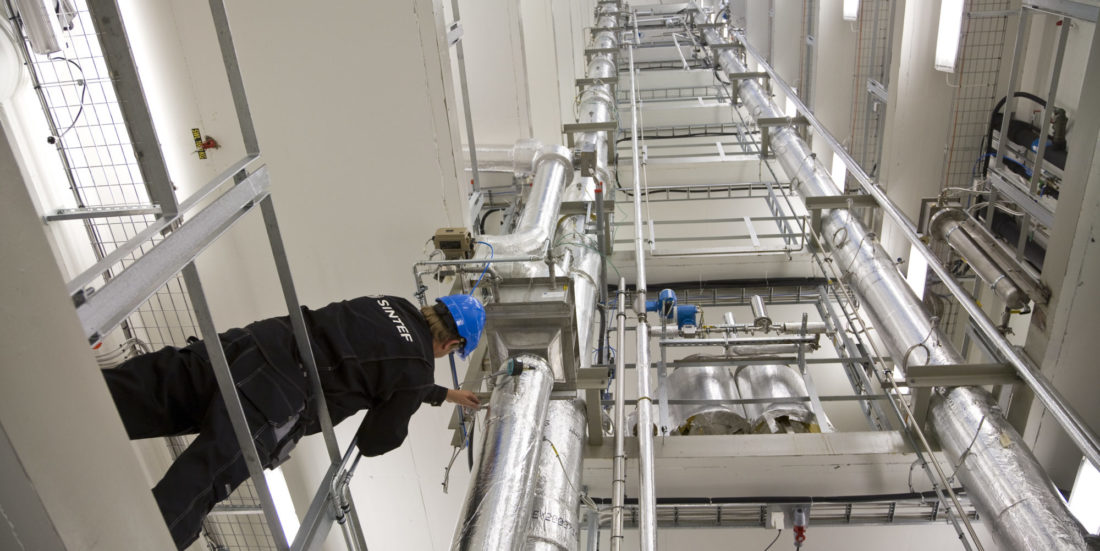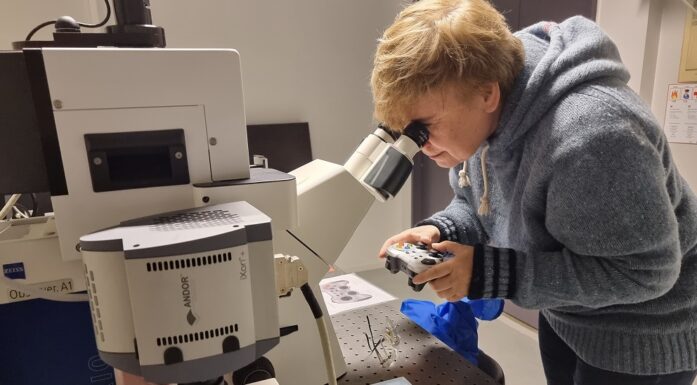Carbon capture is cheaper than ever
According to a new report, many years of research effort have resulted in significant reductions in the cost of full-scale carbon capture and storage.
If we are to achieve the two-degree target and meet our commitments as set out in the Paris Agreement, we are entirely dependent on the technology that makes it possible to capture and store CO2.
But it is widely assumed that carbon capture and storage (CCS) is expensive. Very expensive.
However, many technology experts believe that once we start applying CCS, cost reductions will follow a similar trend as those for solar and wind power. According to a new study carried out by SINTEF, CCS technology has already started to be less expensive. The results are reacently published in Elsevier International Journal of Greenhouse Gas Control.
If the CCS market grows to the extent that we are able to achieve our climate change targets, the savings will be enormous, and the potential for wealth generation in the Norwegian industrial sector is very great.
– SINTEF researcher Sigmund Størset.
CCS – savings and benefits
During the period 2008 to 2017, the Research Council of Norway (RCN) funded energy research to the tune of NOK 4 billion.
Facts:
During the period 2008 to 2017, the Research Council of Norway (RCN) funded energy research to the tune of NOK 4 billion. This funding has been a profitable exercise, according to the impact study commissioned from the Research Council of Norway by the Norwegian Ministry of Petroleum and Energy.
A significant portion of these research funds were allocated to CCS. SINTEF has recently published the results of a study assessing the potential economic benefits accrued from CCS-related innovations linked to the international research centres BIGCCS (the International Research CCS Centre), NCCS (the Norwegian CCS Research Centre) and their antecedents.
About a quarter of these funds were allocated to CCS. SINTEF has recently been assessing the potential economic benefits accrued from CCS-related innovations linked to the international research centres BIGCCS (the International Research CCS Centre), NCCS (the Norwegian CCS Research Centre) and their antecedents. This work is based on the so-called “Effektstudien” (impact study) that the Norwegian Ministry of Petroleum and Energy has commissioned from the RCN. (Read the fact box)
“We’ve been looking into seven different innovations in the field of the capture, transport and storage of CO2”, says SINTEF researcher Grethe Tangen.

CUTS: A full-scale operational CCS plant will drive further cost reductions”, say SINTEF researchers Grethe Tangen and Sigmund Størset. Photo: Mona Sprenger
There currently exists no mature market for CCS, which means that it is not so easy to measure the value of this research.
“Our aim is therefore to document that the research carried out in the last ten to twenty years has led to a significant cost reductions throughout the entire value chain”, says SINTEF researcher Sigmund Størset.
“If the CCS market grows to the extent that we are able to achieve our climate change targets, the savings will be enormous, and the potential for wealth generation in the Norwegian industrial sector is very great”, he says.
Ninety different chemical cocktails
In order for CCS to succeed, we must meet the pressing need to establish a full-scale value chain including the capture, transport and storage of CO2. The Norwegian parliament has asked the government to secure funding for at least one carbon capture plant.
At its plant in Brevik in Telemark, cement manufacturers Norcem, a subsidiary of the German Heidelberg Group, are working to establish a full-scale carbon capture plant. Aker Solutions is planning to install technology based on the SOLVit project at the Norcem plant by 2023.
This project has involved the development of new and advanced fluid mixtures that bind the CO2 gas. These mixtures involve relatively low levels of energy consumption and degradation, and are both eco-friendly and non-corrosive. This research was the result of a collaboration between Aker Solutions (formerly Aker Clean Carbon), SINTEF and NTNU.

NTNU, SINTEF and their industry partners have together generated the knowledge and developed the methods and technologies needed to make CCS a feasible alternative in the battle to reduce CO2 emissions. This is researcher H. G. Jacob Stang at the CO2-mix rig at SINTEF. Photo: Thor Nielsen
“We launched the SOLVit project in 2008 with funding from the CLIMIT research programme and from industrial and research sources”, says Oscar Graff, who heads Aker Solutions’ CCUS department. “And a lot has happened since then.
Our mobile test facility has verified technology for carbon capture from gas- and coal-powered power stations, refineries, waste combustion facilities and cement manufacturing plants. We have tested six pilot facilities in Germany, Scotland, the USA and Norway, and experimented with 90 different chemical cocktails before we identified the best.
We also built a facility at the Mongstad test centre, where we carried out a two-year test programme”, says Graff.
Graff believes that the knowledge base and research infrastructure established during the SOLVit project will help towards establishing a commercial, full-scale carbon capture plant outside Norway as well.
“We have advanced the technology and reduced costs significantly by such means as applying a European industrial standard in preference to standards used in the oil and gas sector”, says Graff. “The Norcem plant will become even more energy efficient when we go on to exploit waste heat generated by the manufacturing process”, he says.
From NOK 50 to 500 million in savings
SINTEF’s calculations indicate that potential costs savings resulting from application of the new SOLVit technology in an industrial CCS project will be of the order of between NOK 50 and 500 million.
“This is mainly due to reduced energy requirements linked to the cleaning process”, says researcher Grethe Tangen.
About 40 per cent of global CO2 emissions are derived from just 4,000 point sources. Many of these are located in low-cost countries such as India, China and Russia.
“The SOLVit technology can be applied in the cement, steel, and waste disposal industries, and in connection with power generation from natural gas and coal”, explains Johan Einar Hustad, who is Director of NTNU Energy.
CCS must become a university subject
Hustad emphasises that research will continue to play a crucial role in the work to build a full-scale CO2 treatment plant.
“It will only be when we put a full-scale plant into operation and establish an entire value chain from capture to storage that we will be able to make even greater cost savings”, he says. “We have observed this trend in the solar and onshore wind sectors, and the same is happening now in connection with batteries”, says Hustad, who is keen to promote education programmes for those wanting to work in the CCS industry.
“We must continue to foster Master’s and Ph.D. students”, he says. “People who want to work in industry and who can help to establish the expertise that the industry needs. If CCS is to become a technology applied on a large scale, we are dependent on educational provision that is sufficient to meet the industry’s future needs”, says Hustad.





